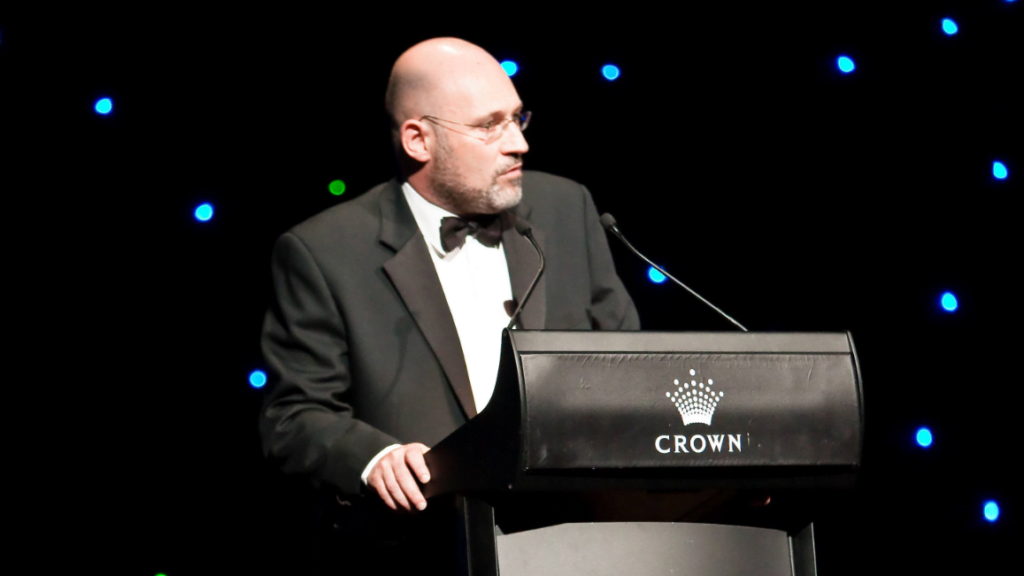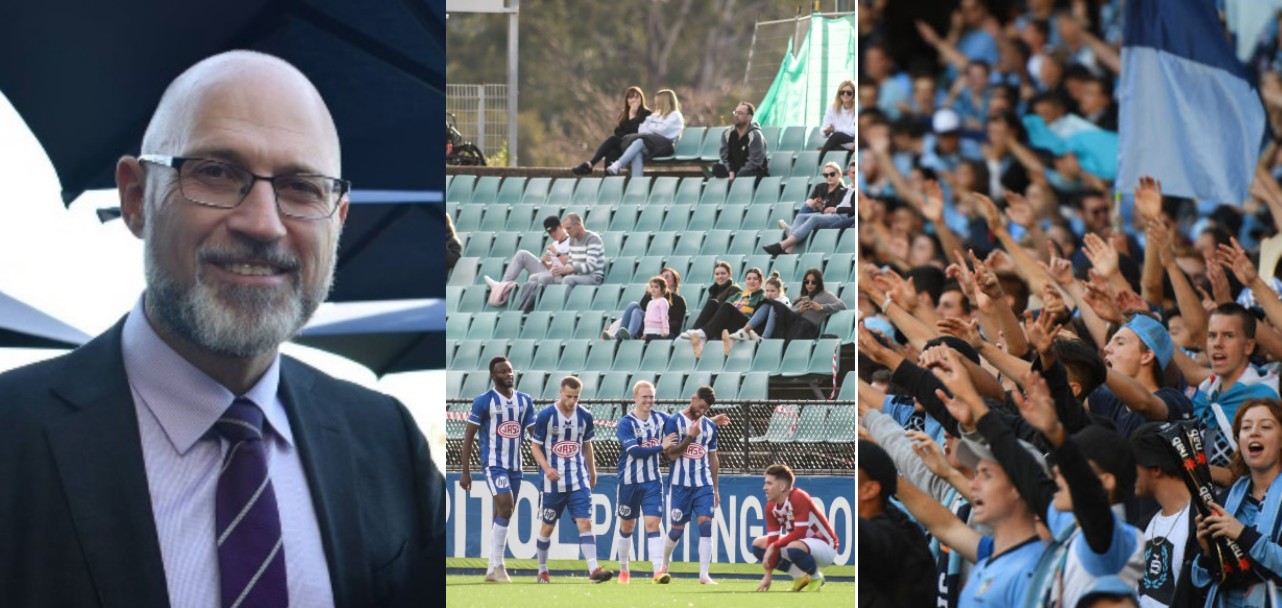A progress report on the establishment of a national second tier by the Association of Australian Football Clubs (AAFC) has been released to the public and presents a new format for the world game in Australia.
The report echoes the theme; ‘It’s not a matter of if, but when’. A discussion that has been ongoing in the football community since the establishment of the AAFC and the possibility of a second national division.
AAFC Chairman Nick Galatas says that the NPL football system has, for far too long, been limited and disconnected from reaching new heights.
“By concentrating our second-tier talent, our model offers hundreds of additional elite, national competition level playing opportunities for our young players, high-level coaching opportunities for our best local coaches, development of strong clubs across our country, places to nurture our future administrators, unleashing funding and sponsorship opportunities and building more football-specific facilities,” Nick Galatas says in the progress report.

“And it embeds within its DNA the ability to grow and develop to a higher level; to respond to the development of our game and its needs and challenges as they arise. Most importantly, it offers the game’s supporters what they want.”
The proposal set by the AAFC shows a high probability of the second tier starting with 12 clubs, gradually building up to 16 through promotion of the leading teams from the nation’s state and territory NPLs.
The interim report, which has been funded by 32 Partner Clubs from around the country with financial analysis undertaken by MI Associates, sets out a timeframe and key performance measures for operation of a NSD that would see the competition commence in 2022, and a women’s NSD introduced by 2025.
READ MORE: Nick Galatas: AAFC formation is ‘something for Australians to be proud of’
Key features of a proposed NSD are:
- A single national competition comprising 12 teams from the outset but expanding to 16 teams as soon as possible, and preferably within the first four years;
- All participating clubs must have grounds that can accommodate a minimum of 3,000 fans;
- Teams to be included based on meeting stringent criteria as the basis for entry, followed by promotion and relegation from lower tiers. There are ten criteria to be met including in the areas of youth development, coaching standards, finance and facilities;
- A $200,000 participation fee from each club;
- A requirement for participating clubs to have a comprehensive women’s programme in place as a pre-requisite for participation in the NSD;
- No preference for a winter or summer season, but alignment with the ‘Whole of Football’ calendar; and
- Establishment of a Women’s Football, Marketing, and Youth and Coach Development Steering Committees.
Clubs of Greek origin, including Sydney Olympic FC, South Melbourne FC and Oakleigh Cannons FC, are included among the 32 Partner Clubs who will undergo a financial analysis of the report.
The report addressed the introduction of a women’s second tier, recognising the importance of lifting the women’s game in Australia before hosting the 2023 Women’s World Cup.
The report also, however, presented the likeliness of a combined football calendar, having NPL clubs and A-League clubs play in either the winter or summer, to be decided upon by Football Australia.
This recognisably leaves room for confusion for NPL-W and W-League players, many of whom play in both competitions.
“It’s got different challenges and it’s difficult to have one coversation about both elements of the game… They are at different stages of development, undoubtedly,” Nick Galatas said in a Q&A with media.
Nick Galatas added during the Q&A that while a connection with the Australian first division is the ultimate goal, to feature relegation and promotion on three tiers of Australian football, launching the NSD to observe it’s financial stability will be the first step.
“That’s why we’re not starting immediately professional. We don’t want to step into the abyss, so to speak, into the unknown,” Nick Galatas said to media.
“Phase it in, start it, let it develop.”
